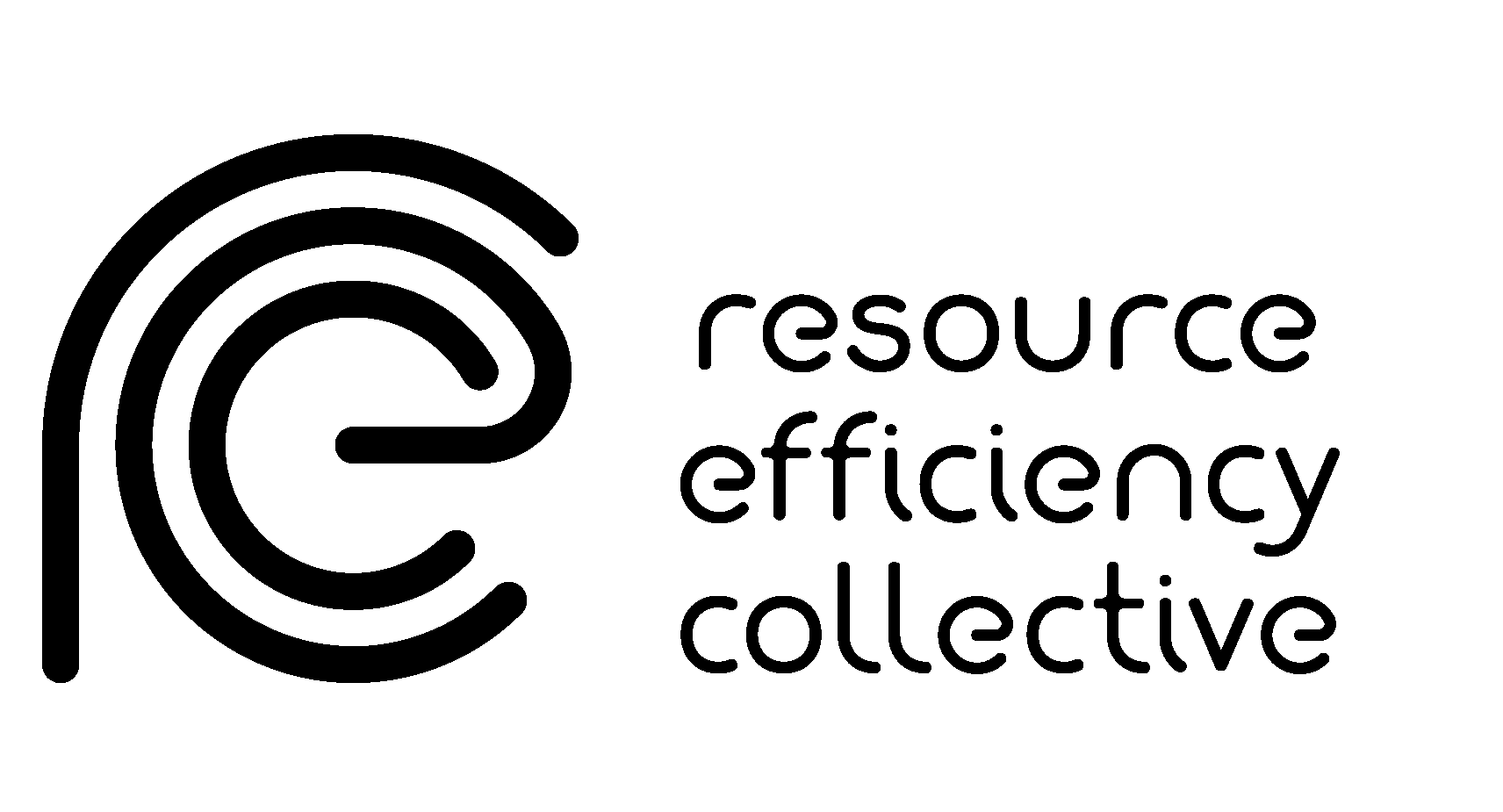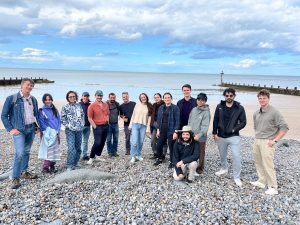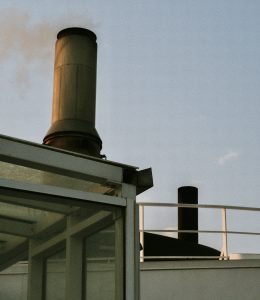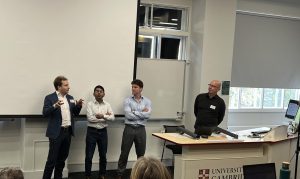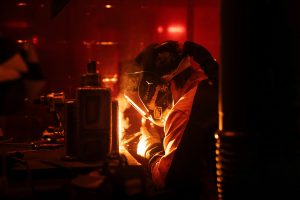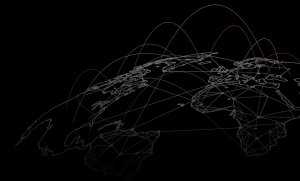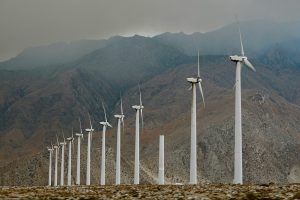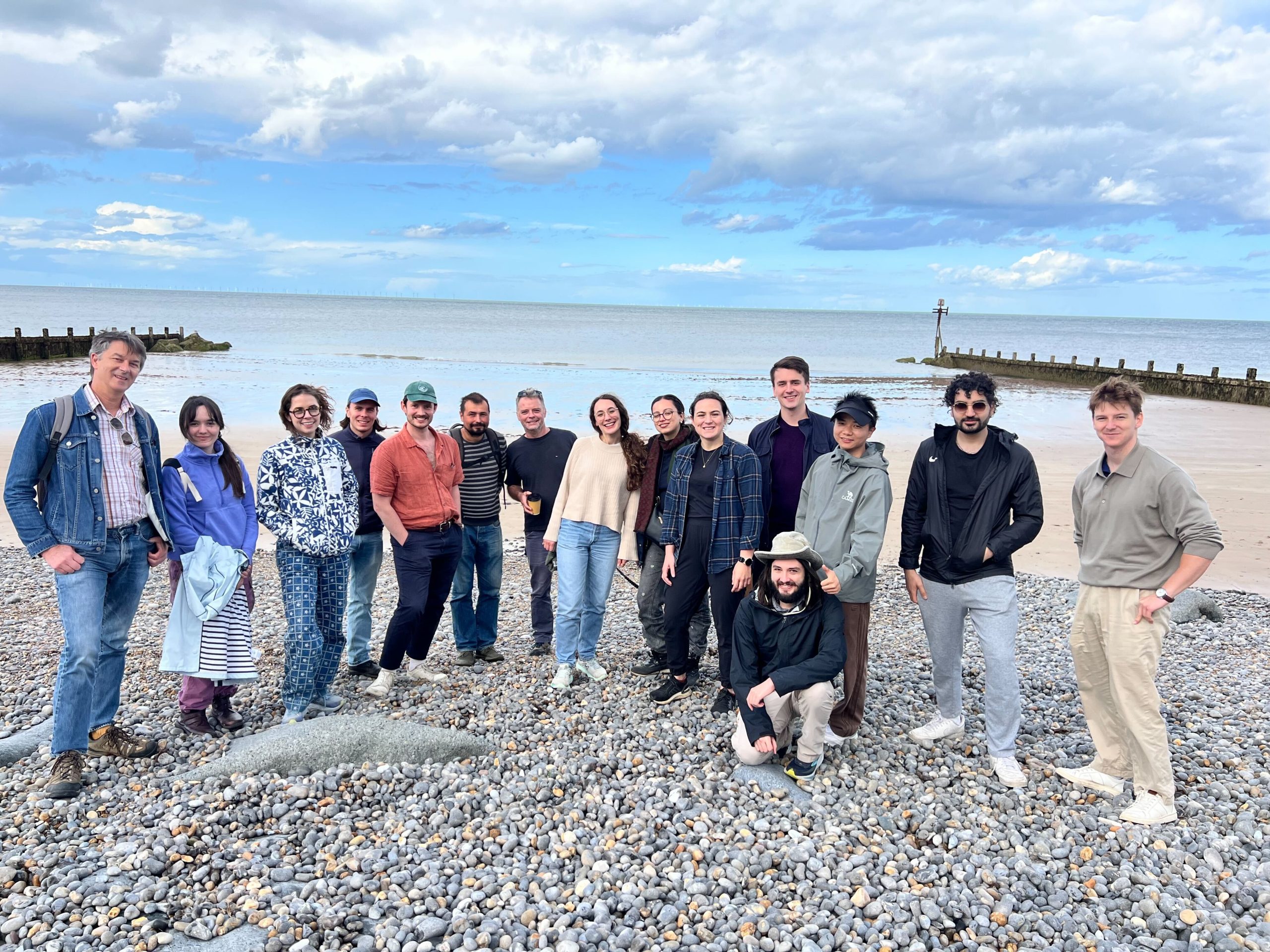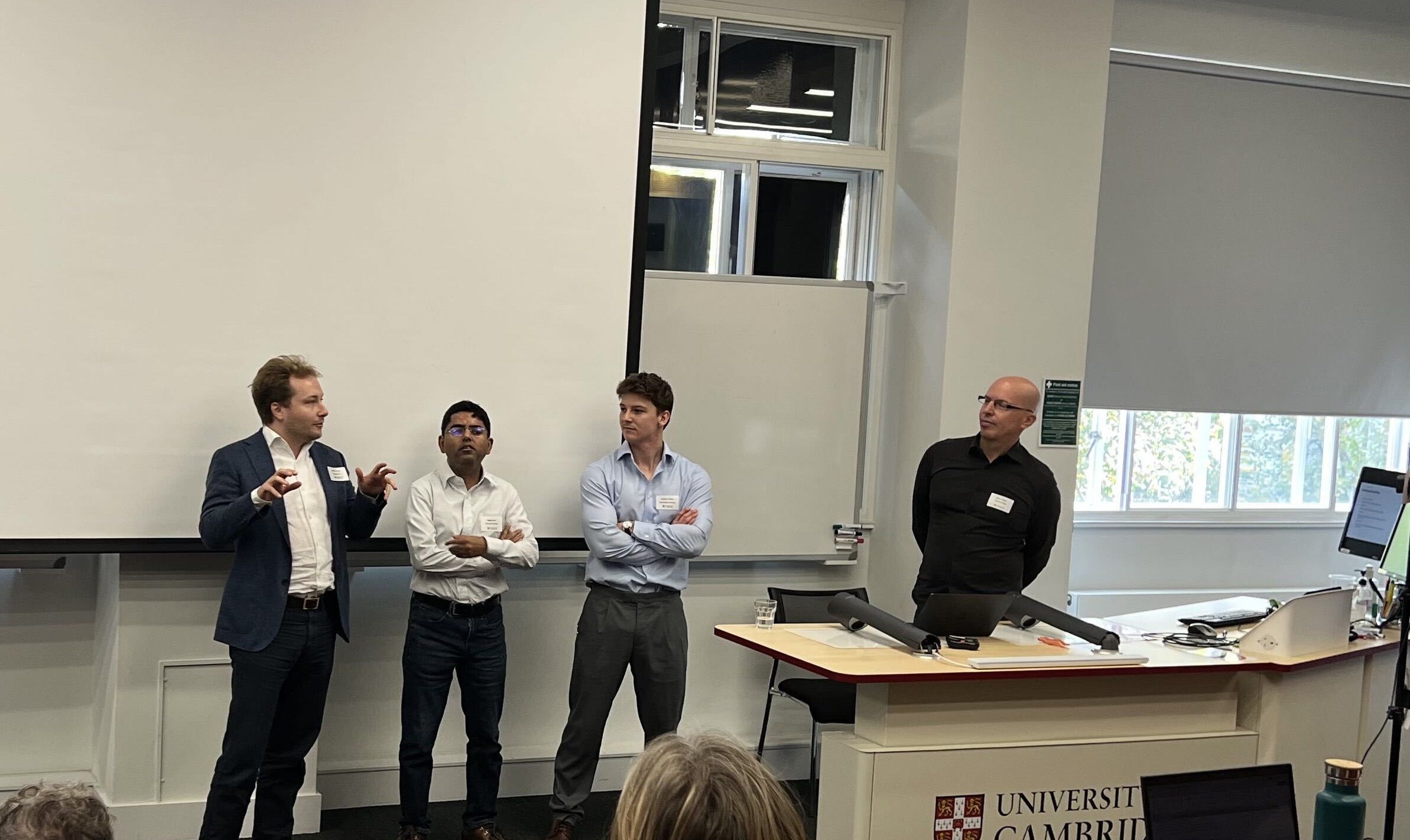14th ISIE Socio-Economic Metabolism conference
To kick off the academic year, several members of the Resource Efficiency Collective travelled to Vienna, where the 14th ISIE Socio-Economic Metabolism Conference took place between the 19th and the 21st of September. The title of this year’s conference was ‘Transforming socio-economic metabolism in times of multiple crises.’ Covering topics from methodological advances in socio-economic metabolism to the circular economy, from supply chains to urban metabolism, and from efficient resource use to industrial symbiosis, the conference provided the perfect interdisciplinary environment for the group to present its research.
On the first day of the conference, Ana and Gabriel presented their work at the Nexus approaches in social metabolism research session. Chaired by Helmut Haberl, Professor at the Institute of Social Ecology of the University of Natural Resources and Life Sciences (BOKU) in Vienna, the session focused on the modelling of stocks and flows in socioecological metabolism research.
Ana’s talk covered her work on a new methodology for estimating the exergy-based resource efficiency of the clinker manufacturing section of a cement plant, using data reported by companies to the EU Emissions Trading Scheme. Comparison with traditional real-time, control data analysis showed the reported data model to be a good proxy of a clinker manufacturer resource efficiency. Furthermore, because this new methodology is less data-intensive and time-consuming, it may constitute a powerful benchmarking tool of resource use performance for policymakers and investors.
Gabriel presented the talk “Bridging service systems, circularity and decarbonisation: insights from UK mobility”. Using a stock-flow-service nexus framework, a set of strategies and quantitative indexes were introduced, in order to highlight the role of materials and energy in the provision of the services offered within a low carbon and circular economy. Results from the UK passenger mobility were used to offer a first step to the operationalise the stock-flow-service nexus and quantifiably assess the performance of strategies such as material circularity, product material efficiency, and service sufficiency.
The second day of the conference saw talks by Luke and Fanran, respectively, in the MFA methods and applications, and the Envisioning sustainable material and energy metabolism in a low-carbon future sessions co-chaired by Fanran.
A recurring theme at the ISIE Socio-Economic Metabolism conference was the difficulty in aggregating data from heterogeneous sources. Luke’s presentation focussed on our proposed solution of creating an overarching framework based on graph representation learning which may allow us to incorporate any type of input data with the purpose of improving our knowledge around greenhouse gas emissions from industrial facilities.
A further common topic of the conference, emphasised during the productive policy workshop, was the difficulty in communicating useful findings to policymakers. This reinforced the need for Refficiency and others to strengthen our links with policymakers in the UK and abroad to better understand how our research outputs may be presented in an accessible and useful way to further the climate change mitigation cause at a policy level.
Fanran presented the recent C-THRU work in mapping chemical flows and emissions accounting for the chemical supply chain. This covers an integrated model framework recently constructed that links data on energy and emissions directly to individual material flows over the supply chain. The framework can assess the carbon emissions and environmental impact of petrochemical products from five dimensions: time, locations, greenhouse gas types, chemical types, and full life cycle. It is firstly employed to map the mass flows and estimate the greenhouse gas emissions of the petrochemical supply chain in the UK.
Further, the global planet compatible pathways for transitioning chemicals sector were presented. There were a lot of fruitful discussions for chemicals mass flow and emission data with attendees. Several opportunities were set up for potential future collaborations with the Refficiency and C-THRU teams.
To close the conference with a flourish, Karla presented at the final combined session on Electronics and mobility and Mining, chaired by Stefan Pauliuk, Professor of Sustainable Energy and Material Flow Management at the University of Freiburg.
Karla’s talk was on her open-source material demand projections model (Mat-dp). She included information on how the model works and it can be used. She also showcased an application of Mat-dp to electricity systems in 47 African countries. There was good interest from the audience in the model and its further applications and development. More information on Mat-dp is available in the resources section of our website.
Overall, the three days of the conference were an exciting opportunity to engage with researchers within the Industrial Ecology field, establishing new contacts and potential collaborations. After a pandemic-induced two-year hiatus, the trip to Vienna also provided the chance for the group to travel together and bond outside the Cambridge bubble.
